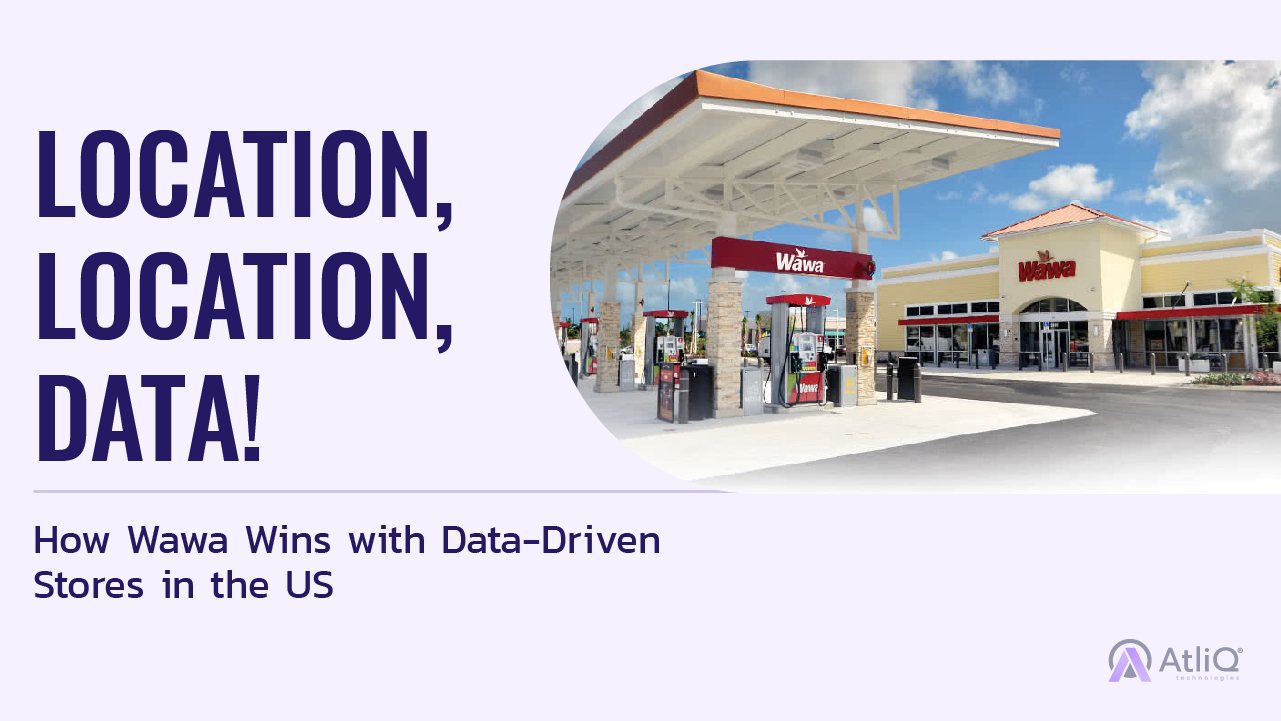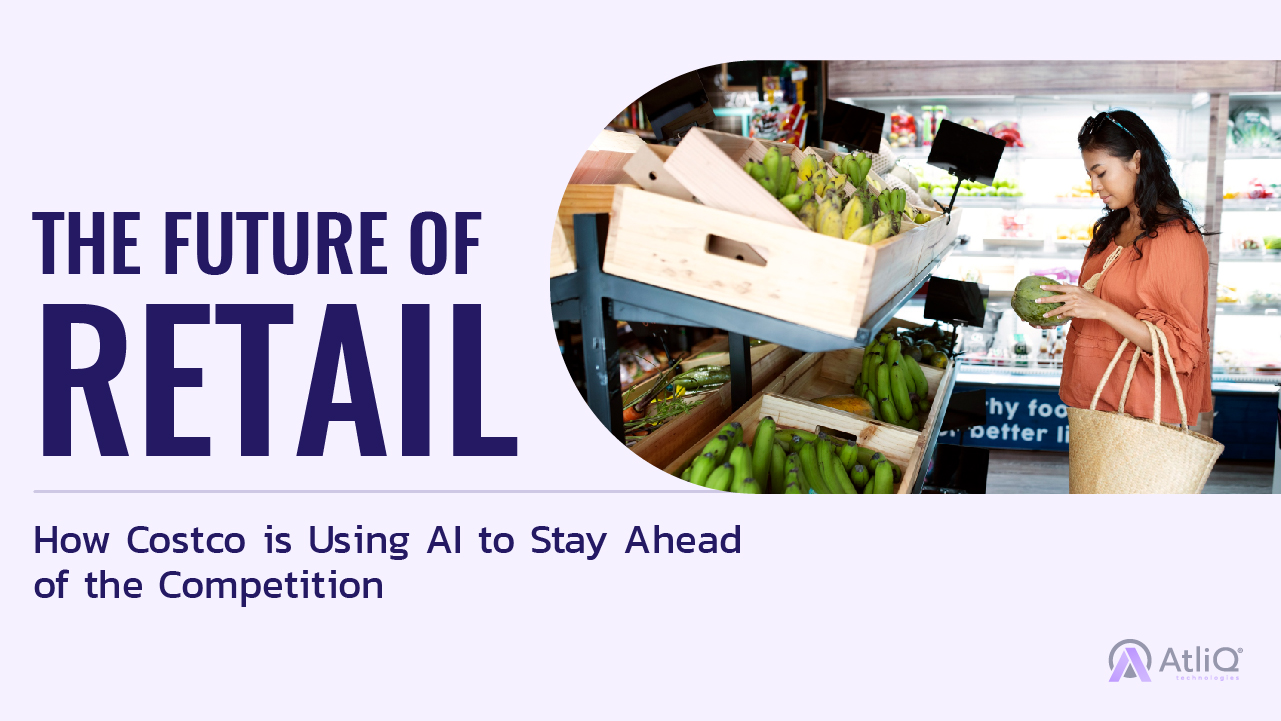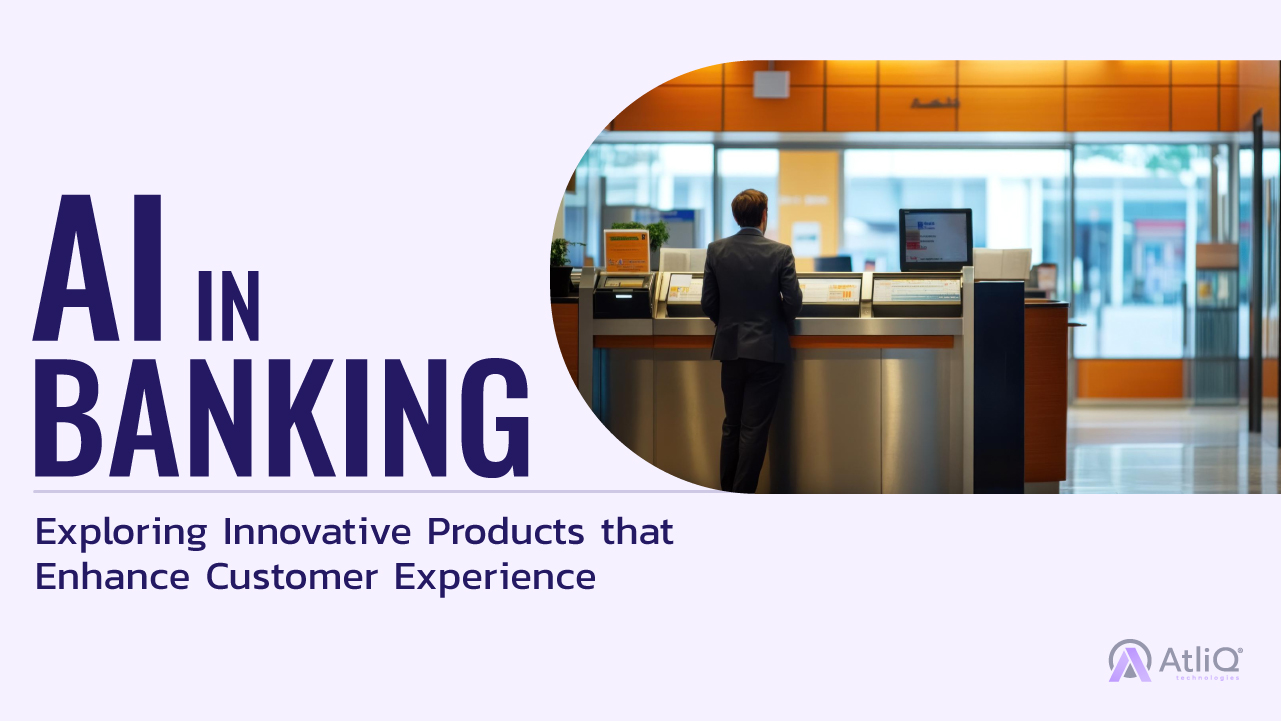
We’ve all been there – crawling in traffic, daydreaming of a pitstop for a refreshing drink or a satisfying snack. But have you ever wondered how convenience stores like Wawa always seem to appear exactly when you need them? The answer lies not in serendipity, but in Wawa’s strategic use of local traffic flow data. We are here to help you crack the code behind Wawa’s location selection process, revealing how they leverage traffic patterns to ensure their stores are booming before they even open.
The Science Behind the Stores: Why Location is King for Retailers
In the competitive world of retail, choosing the right location can make or break a business. A prime spot with high foot traffic can guarantee steady sales and brand recognition, while a poorly chosen location can lead to a struggle for survival. This is especially true for convenience stores like Wawa, where accessibility and convenience are paramount.
Imagine a scenario where a store sits tucked away on a deserted side street. No matter how delicious their coffee or inviting their atmosphere is, they’ll likely struggle to attract customers. This is why retailers like Wawa prioritize meticulous location selection, ensuring their stores are positioned where they’ll be seen, easily accessible, and cater to a high volume of potential customers.

Here’s where Wawa’s innovative approach comes in. They’ve moved beyond simply scouting for busy areas. Instead, they delve deeper, employing traffic flow measurement to gain a comprehensive understanding of the local customer landscape. By meticulously analyzing traffic patterns, Wawa can pinpoint the ideal locations with the right mix of pedestrian and car traffic, guaranteeing they’re setting up shop exactly where their target audience is. This data-driven approach is what sets Wawa apart and is the focus of our case study. We’ll explore how they measure traffic flow and leverage that information to secure prime locations, ensuring success before they even open their doors.
Wawa’s Winning Formula: Unveiling the Power of Traffic Flow Data
For Wawa, picking a store location isn’t just about finding a busy street corner. It’s about harnessing the power of data to understand the very heartbeat of a community – its traffic flow. But why is understanding traffic patterns so crucial for retailers like Wawa?
Benefits of Knowing the Flow:
Traffic flow data offers retailers a treasure trove of insights. Here’s how it empowers Wawa:
- Identify Potential Customers: By analyzing pedestrian and car traffic patterns, Wawa can pinpoint areas with a high concentration of their target demographic. Are they aiming for busy professionals on their morning commute? Traffic data reveals peak hours for car traffic, indicating potential breakfast and coffee customers. Targeting families? Analyzing foot traffic near parks and schools helps identify ideal locations.
- Predict Buying Habits: Traffic patterns often paint a picture of consumer behavior. High traffic during lunch hours suggests a demand for quick grab-and-go meals. Evening traffic might indicate a need for prepared dinner options or late-night snacks. Analyzing traffic patterns in conjunction with competitor analysis can further reveal gaps in the market, allowing Wawa to tailor their product offerings to the specific needs of the local customer base.
- Boost Accessibility & Convenience: Traffic flow data goes beyond just volume. Wawa can analyze traffic flow patterns to understand how easily customers can access their stores. Is there ample parking available? Are there traffic lights or stop signs that might create long wait times? By considering these factors, Wawa ensures its stores are not only located in high-traffic areas but are also easily accessible, maximizing customer convenience.

Wawa’s Data Arsenal: Tools for Traffic Mastery
So how does Wawa translate traffic patterns into store success? Wawa likely utilizes a multi-pronged approach to gather traffic flow data:
- Traffic Count Data: Partnering with traffic data providers allows Wawa access to historical and real-time traffic flow information, revealing patterns and trends in pedestrian and car traffic.
- Customer Surveys: Conducting surveys in potential locations provides valuable insights directly from the target audience. Understanding their shopping habits and preferred store accessibility helps Wawa tailor their locations to meet customer needs.
- Location Intelligence Tools: Advanced software platforms can analyze a multitude of data points, including demographics, traffic patterns, and competitor locations. These tools offer a comprehensive picture of a potential location, allowing Wawa to make informed decisions.
By combining these methods, Wawa paints a detailed picture of the local customer landscape. Traffic flow data becomes the paintbrush, allowing Wawa to strategically place their stores in locations that guarantee success before they even open their doors.
Building the Blueprint: Wawa’s Data Collection and Analysis Strategy
Imagine a cartographer meticulously plotting every road and landmark. For Wawa, understanding local traffic flow requires a similar level of detail. Let’s delve into the data Wawa collects and how they analyze it to build a blueprint for success.
Gathering the Pieces: What Data Matters?
Wawa’s data collection toolbox likely holds a variety of tools to capture a comprehensive picture:
- Foot Traffic Data: This data reveals the volume and patterns of pedestrian traffic in a specific area. Are there morning surges of commuters or afternoon strolls by families? Understanding these patterns helps Wawa predict customer needs throughout the day.
- Car Traffic Data: Analyzing traffic counts and congestion patterns unveils areas with high car traffic. This data is crucial for locations with a strong drive-thru presence. Additionally, analyzing peak traffic hours helps Wawa anticipate customer flow and ensure proper staffing to avoid long wait times.
- Demographic Data: Understanding the demographics of an area is key. Age, income level, and family composition all influence buying habits. By analyzing demographic data alongside traffic patterns, Wawa can tailor their product offerings to the specific needs of the local community.

Turning Numbers into Insights: Unveiling the Patterns
Once this data is collected, the magic happens in the analysis phase. Here’s how Wawa might unlock the hidden stories within the numbers:
- Identifying Trends: Advanced software tools can analyze historical data to identify trends in traffic patterns. This reveals seasonal fluctuations, peak hours, and even potential changes in traffic flow due to events or construction projects.
- Correlations and Insights: By analyzing traffic patterns alongside other data points like demographics and competitor locations, Wawa can identify correlations. For example, high foot traffic near a school paired with a high concentration of young families might suggest a demand for healthy snacks and grab-and-go lunches.
- Predictive Modeling: Advanced data analysis can be used to create predictive models that forecast future traffic patterns. This allows Wawa to not only react to current trends but also proactively plan for future changes in a neighborhood.
Challenges on the Road: Data Hurdles and Solutions
While data collection offers immense benefits, it’s not without its challenges:
- Data Accuracy: The accuracy of the collected data is paramount. Wawa might need to implement quality control measures to ensure the data reflects reality.
- Data Privacy Concerns: Customer privacy is a top priority. Wawa likely has measures in place to ensure anonymity when collecting and analyzing data.
- Data Overload: With so much data available, the risk of information overload is real. Wawa might utilize data visualization tools and clear reporting structures to ensure the data is easily interpreted and actionable.
By overcoming these challenges and leveraging the power of data analysis, Wawa transforms raw numbers into a roadmap for success. Their meticulous data collection and analysis strategy ensures they’re setting up shop exactly where their customers are, guaranteeing a warm welcome before they even open their doors.

The Power in Practice: A Wawa Traffic Flow Case Study
Let’s imagine Wawa is considering two potential locations for a new store: a bustling intersection near a corporate office park and a quieter suburban neighborhood with a large park nearby.
Data-Driven Decisions:
- Traffic Flow: Traffic count data reveals high car traffic throughout the day at the intersection, with peak hours coinciding with typical office commutes. Foot traffic data might show a moderate number of pedestrians during lunch breaks.
- Demographics: Demographic data surrounding the intersection reveals a high concentration of young professionals. On the other hand, the suburban neighborhood boasts a high number of families with young children.
- Competition: Analyzing competitor locations shows several fast-food restaurants near the intersection, potentially indicating a saturated market for grab-and-go breakfast and lunch options. In the suburban area, there are limited convenience store options, suggesting a gap in the market.
Insights and Impact:
- Customer Base: The intersection caters to busy professionals seeking quick meals, while the suburban area offers a family-oriented customer base.
- Accessibility: The intersection offers easy access for commuters with ample parking, but long wait times during peak traffic hours are a possibility. The suburban area might have less car traffic, but ensuring easy parking and pedestrian access is crucial.
- Competition: Facing existing competition at the intersection might require Wawa to stand out with unique offerings. The suburban area presents an opportunity to fill a market gap.
By analyzing traffic flow data alongside other relevant data points, Wawa can make an informed decision. In this scenario, the suburban location might be a better fit. The data suggests a strong potential customer base with limited competition, allowing Wawa to cater its offerings to families with healthy snacks, prepared meals, and convenient grab-and-go options. Easy in-and-out access becomes paramount in a family-oriented area.
The Wawa Effect: Beyond Location
The impact of traffic flow data extends beyond just location selection. By understanding customer behavior patterns, Wawa can tailor their entire store experience. For example, analyzing traffic flow data at the chosen suburban location might reveal peak hours for after-school snacks. Wawa can then adjust staffing levels and ensure their hot food options are readily available during those times.
Furthermore, traffic flow data can inform product selection. Understanding the demographic makeup of the area allows Wawa to stock shelves with items most likely to be in demand by local customers.
This data-driven approach ensures Wawa stores are not just conveniently located but also offer the products and services their customers truly crave. By leveraging traffic flow data, Wawa positions itself for success, guaranteeing a loyal customer base before it even opens its doors.
Wawa’s story offers a compelling case study of the power of data-driven retail. By meticulously measuring local traffic flow, they’ve transformed location selection from a guessing game into a science. Their strategic use of traffic data allows them to pinpoint ideal store locations, ensuring accessibility, understanding customer needs, and potentially avoiding competition.
But the impact goes beyond just location. Traffic flow data empowers Wawa to tailor their entire store experience, from product selection to staffing levels, guaranteeing a seamless and convenient experience for their customers. In a world where convenience reigns supreme, Wawa’s commitment to understanding traffic patterns positions them for long-term success.
As the retail landscape continues to evolve, Wawa’s innovative approach serves as a blueprint for other businesses. By embracing the power of data and understanding the flow of their customers, retailers can ensure they’re not just present, but truly relevant, in the communities they serve. So, the next time you find yourself enjoying a delicious hoagie at your favorite Wawa, remember – it’s not just about location, it’s about the science behind the store.


